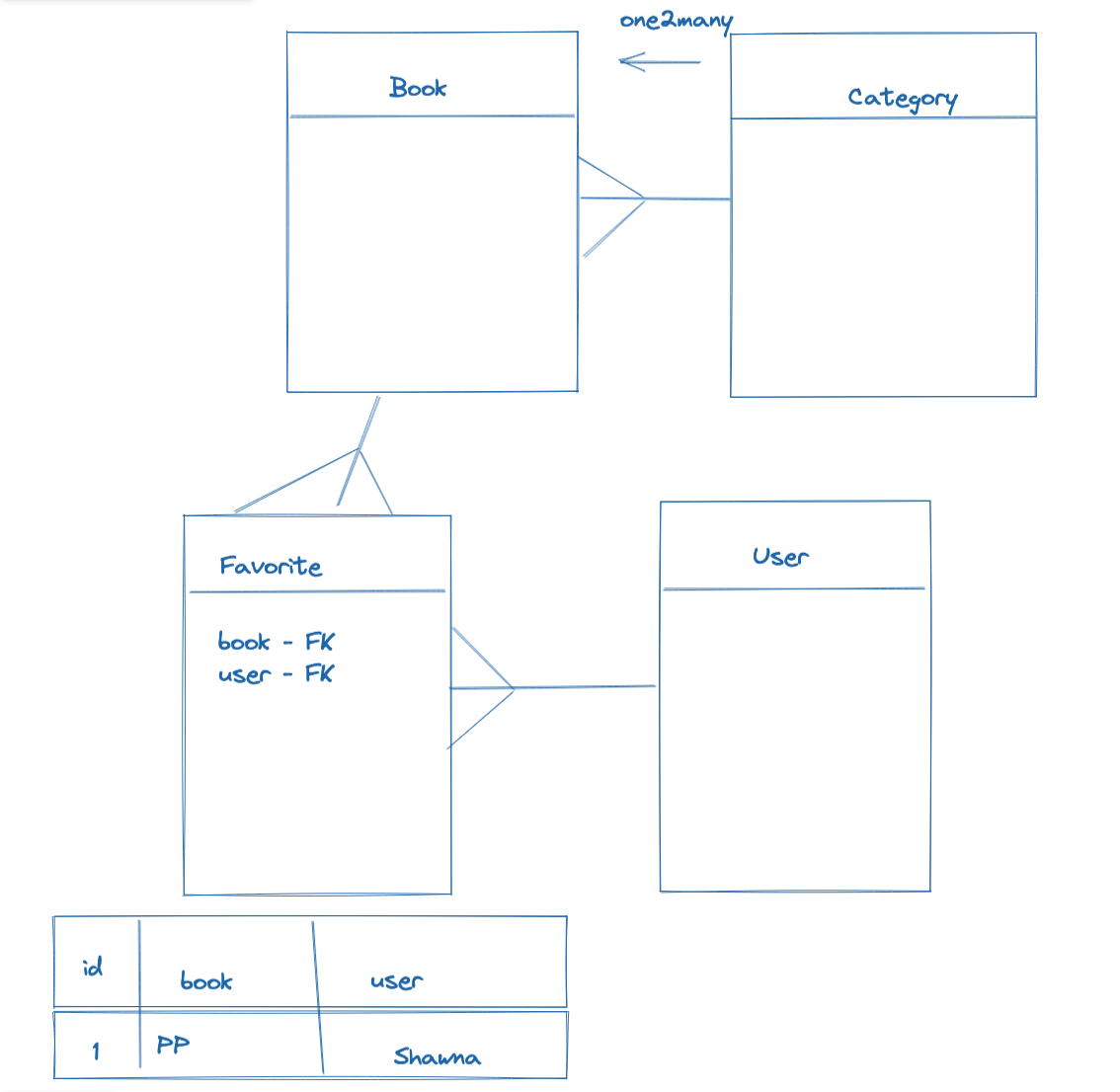🐻 Welcome to Advanced Back End 🐻
Posted on May 16th, 2022
⚠️ You only need to read this post if you are on the back end team 🐻
🗓️ Today’s Topics
- Using PostgreSQL with Django
- Deploying Django applications to Heroku
🎯 Project: Habit Tracker
You’ll be working on Habit Tracker this week.
It’s important to read the project requirements thoroughly and to start to think about how you would do this project.
First steps: generate the project skeleton; make sure you are using Postgres; deploy to Heroku; and design your models. Make sure to create a diagram showing model fields and relationships. Talk through with each other how you are thinking about this.
By tomorrow:
- Your application should be deployed to Heroku.
- Your models should be functional.
- You should be able to create habits and associated daily records in the Django shell (I recommend using
shell_pluswhich is available when you havedjango-extensionsinstalled).
📖 Read | 📺 Watch | 🎧 Listen
These are this week’s required readings, videos, and/or podcasts. Read, watch, or listen, and take notes.
Deployment
- 📺 Katie McLaughlin, What is Deployment, Anyway?
- 📖 Full Stack Python: Deployment
- 📖 Heroku Reference: Deploying Django Apps to Heroku
- 🎧 Deploying and Running Django Web Apps in 2021
Databases & Data Modeling
- 📖 Full Stack Python: Databases
- 📖 Full Stack Python: ORMs
- 📖 Class-Responsibility-Collaborator Model (CRC)
- 📺 Entity Relationship Diagrams (ERD), from Lucid Chart
- 📖 Writing Safe Database Migrations in Django
Debugging
🔖 Resources
- 🚀 Deploying a Django app to Heroku
- Using Postgres Locally
- Django Docs: Deployment Checklist
- How to use django-extensions
shell_plus -
Tutorial: Adding a Custom User Model

